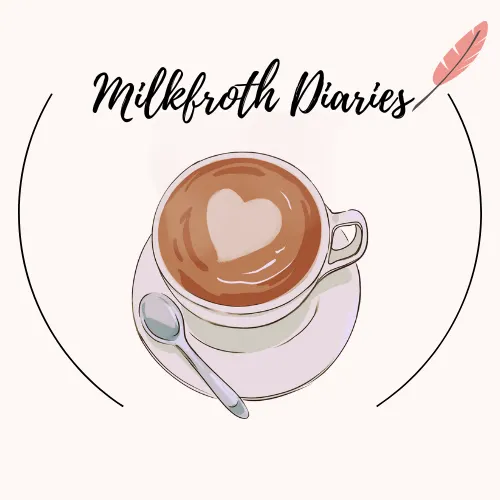The Healing Power of Colours: How Colour Can Help Improve Mental Health
Hello and a warm welcome, I´m glad you found my blog.
I wanted to start my non-food blog with something simple that can give value to absolutely anyone regardless of age, location, status, family situation, or almost any other differentiator: colour.
Colour can play a significant role in enhancing mental health and emotional resilience by influencing our mood, stress levels, and overall sense of well-being. Different colours can evoke various emotional responses, promote relaxation, and help people cope with stress, anxiety, and even depression. Here’s how colour can be a powerful tool for mental health:
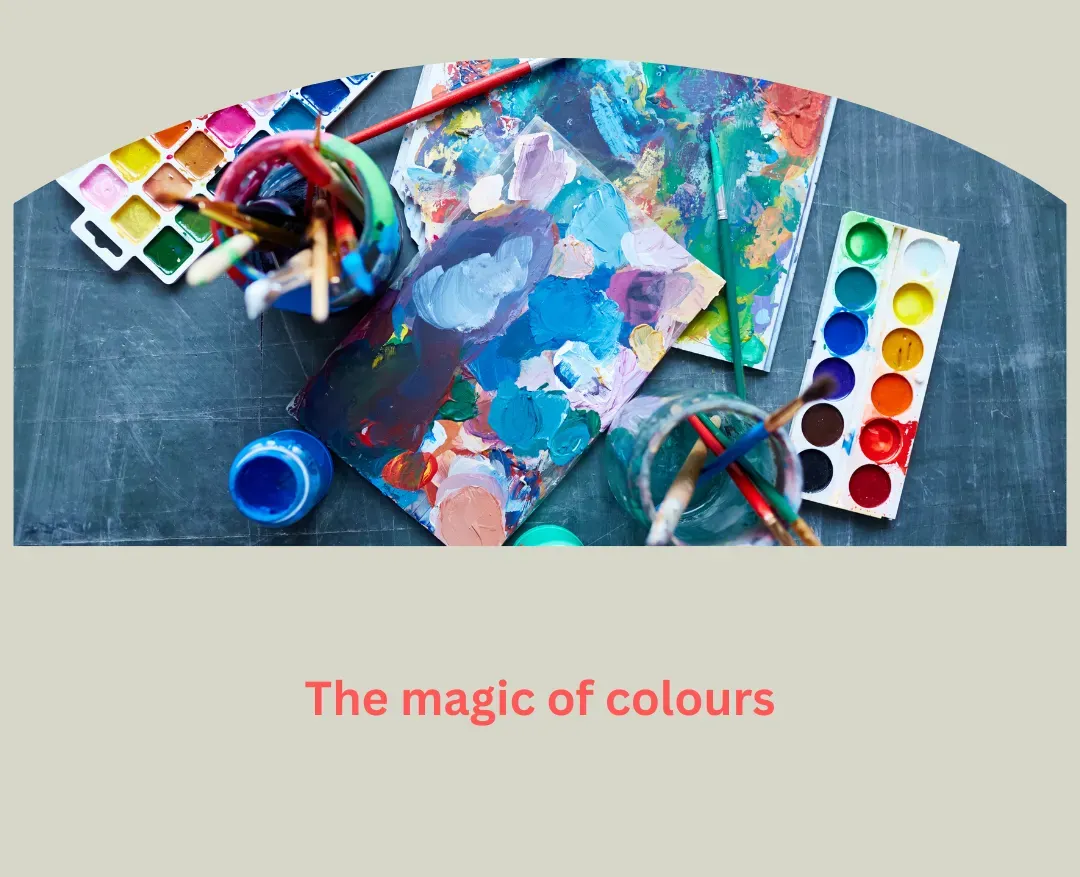
1. Promoting Calmness and Reducing Anxiety:
- Blue: Blue is widely known for its calming effects on the brain. It triggers the parasympathetic nervous system, which helps reduce stress and anxiety. Light blue tones, in particular, are associated with relaxation and serenity. It is an ideal choice in spaces meant to help people unwind such as bedrooms or therapy rooms.
- Green: Green, as the colour of nature, is also known for its relaxing qualities. It has a balancing and stabilizing effect on the mind, helping to reduce feelings of anxiety. Green can evoke a sense of peace and renewal, making it ideal for spaces where one needs to feel grounded and safe.
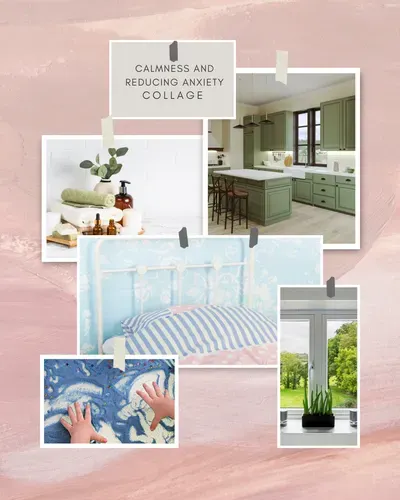
2. Improving Focus and Mental Clarity:
- Yellow: Yellow is associated with positivity, energy, and mental stimulation. While it's an uplifting colour, it should be used in moderation. In small doses, yellow can enhance focus and improve cognitive function. It’s known to stimulate the brain, enhance memory, and promote feelings of happiness. It can be a great choice for study areas or workspaces where focus is needed.
- White: White symbolizes purity, simplicity, and clarity. Its clean and neutral appearance can help reduce mental clutter, promote clear thinking, and create a sense of calm in a space. White is often used in environments where people need to focus or need mental clarity, like therapy spaces or creative workspaces.
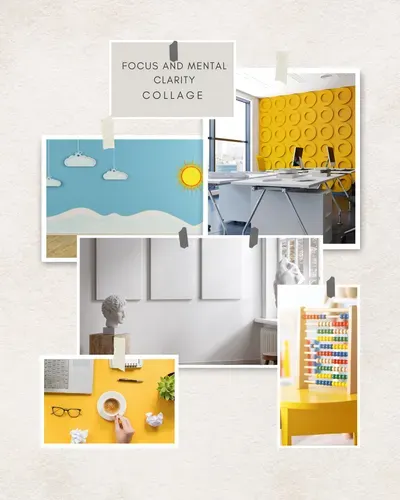
3. Encouraging Emotional Healing and Stability:
- Pink: Pink, especially softer shades like pastel pink, is known for its nurturing and soothing qualities. It has a calming effect that promotes emotional healing and reduces feelings of anger or frustration. You can incorporate pink in your house in places such as bedroom and bathroom. It is frequently paired with green as the two colour work well together. You can also incorporate pink in your garden with a magnolia. We have one in front of our house and in early spring it is quite simply magnificent.
- Lavender: Light purple or lavender is often associated with spiritual well-being, relaxation, and mental balance. It can help reduce stress and encourage introspection. Deeper shades of purple are linked to creativity and inspiration, which can be beneficial when seeking emotional resilience through artistic expression or self-reflection. Lavender can be introduce in a bathroom or with decoration throughout the house. In the garden plants such as lavender and purple coneflower and beautiful and sturdy.
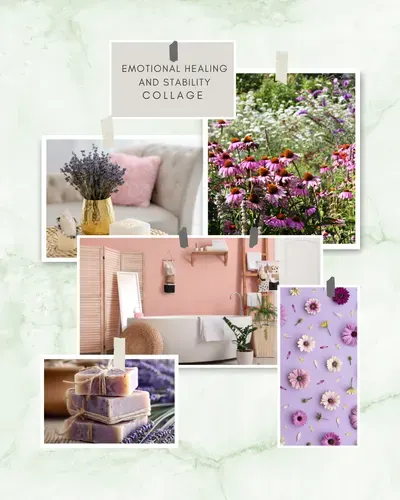
4. Boosting Confidence and Resilience:
- Red: While red is an intense and energizing colour, it can also play a role in boosting confidence and emotional resilience when used thoughtfully. Red stimulates the brain and increases heart rate, which can give people a sense of vitality and strength. It is a colour that impact appetite and therefore a perfect colour for a dinning room.
- Orange: Orange is an optimistic, energizing colour. It can help combat feelings of depression and low energy, promoting feelings of warmth and positivity. It’s particularly useful in building emotional resilience, as it encourages enthusiasm, creativity, and a sense of social connection.
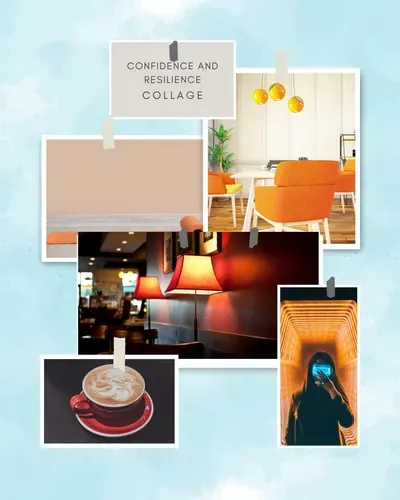
5. Creating Safe Spaces for Emotional Expression:
- Soft Neutrals (Beige, Taupe, Light Brown): Neutral colours like beige, taupe, and soft brown create a grounded, safe environment, helping people feel secure and supported. Neutral colours also help reduce feelings of being overwhelmed, allowing individuals to relax and engage with their emotions more freely.
- Earthy Tones (Terracotta, Olive Green, Mustard Yellow): Earth tones are associated with stability and warmth. They bring the calming, grounding energy of nature indoors and promote feelings of security. Earthy colours are also known to help restore emotional balance, particularly during times of emotional turbulence.
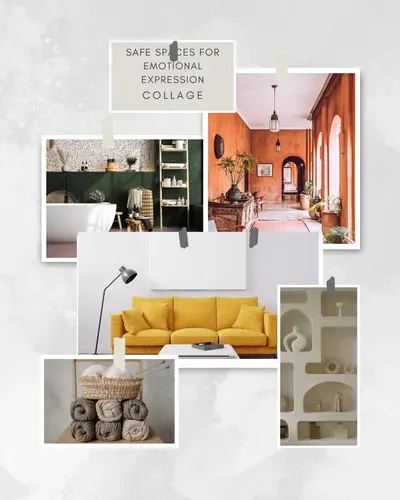
6. Enhancing Mood and Positive Emotions:
- Bright Colours (Bright Yellow, Turquoise, Coral): Bright colours are energetic and can uplift the spirit. For individuals dealing with stress, anxiety, or depression, incorporating bright colours into their surroundings can provide a much-needed mood boost. However, it's essential to balance these vibrant hues with calming tones to avoid overstimulation.
- Warm Colours (Soft Red, Peach, Light Brown): Warm colours like soft reds and peach can evoke feelings of warmth and safety, helping people feel nurtured and cared for. These colours help promote positive social interactions and can create an environment that fosters emotional connection and healing.
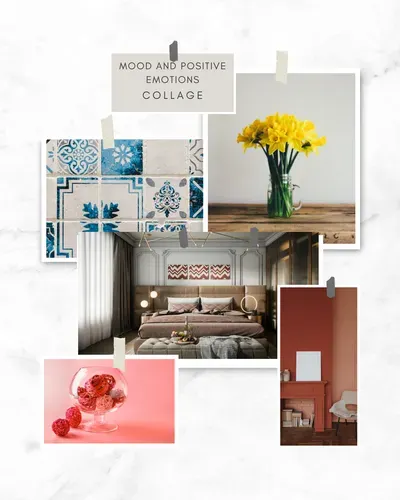
Colour Therapy (Chromotherapy) for Emotional Balance:
This is the therapeutic use of colours to improve emotional and physical health. In colour therapy, specific colours are used to address particular emotional states. For example, blue may be used to calm the mind, while yellow is used to energize and lift the mood. By using colours intentionally in everyday life; whether in clothing, home décor, or garden; people can tap into colour's natural healing potential.
Nature has an inherent power to improve mental health. The green of trees, the blue of the sky, and the earth tones of rocks and soil create a natural colour palette that has been shown to reduce stress and boost feelings of well-being. Spending time in natural environments or incorporating natural elements and colours into indoor spaces can promote emotional healing and resilience.
Colour is more than just an aesthetic choice. It’s a tool that can be used intentionally to enhance mental health and build emotional resilience. By understanding the psychological and physiological effects of different colours, individuals can create environments that foster calmness, healing, and growth. Whether it’s using soft blues for relaxation, energetic oranges for optimism, or grounding earth tones for stability, the colours around us can significantly influence how we feel, think, and cope with life’s challenges.
THANK YOU for taking the time to read through my first blog post here, which will be followed by more content on the topic of lifestyle, mental health, homemaking, family, DIY and home renovation, gardening, and more.
My food blog is available HERE
You can also follow me on Instagram
